Want to Try Novel Studies but Don’t Know Where to Start? Let’s Break It Down!
- Kim White
- Aug 3
- 3 min read
Thinking about using novel studies in your classroom but feeling a little overwhelmed about where to begin? You’re not alone. Novel studies can feel like a big leap if you’ve never done them before—but I promise, they’re so worth it, and they’re not as complicated as they might seem.
Let’s chat about the why, the how, and the what-if-my-groups-go-off-the-rails concerns, too.

Why Novel Studies?
Novel studies are more than just reading a book together. They:
Build reading stamina
Strengthen comprehension and discussion skills
Encourage critical thinking
Let students connect with characters and themes on a deeper level
Support vocabulary growth
And—bonus—they're fun!
They also make room for student voice and choice, especially if you’re using small groups with different novels.

How to Get Started
Start small. You don’t need a full-blown unit with ten novels and five weeks planned out. Pick one engaging book (think class favorite or one tied to your Social Studies or ELA theme) and go from there.
Break it down into:
Reading chunks – Decide how many pages or chapters students will read between meetings.
Discussion questions – Prepare some open-ended questions that get them talking.
Simple activities – Think journal prompts, character maps, or even a one-pager at the end.
No need to go Pinterest-wild on this one. Simple and consistent beats flashy and stressful every time.


Teaching in Novel Study Groups
Once you’re ready, you can move into small-group novel studies. This is where the magic happens! Students read the same book in a group, meet regularly to discuss, and work through activities together.
Tips to keep things running smoothly:
Rotate between groups for check-ins or mini-conferences.
Use graphic organizers or group notebooks to track work.
Set clear expectations and norms from the start (more on that below 👇).
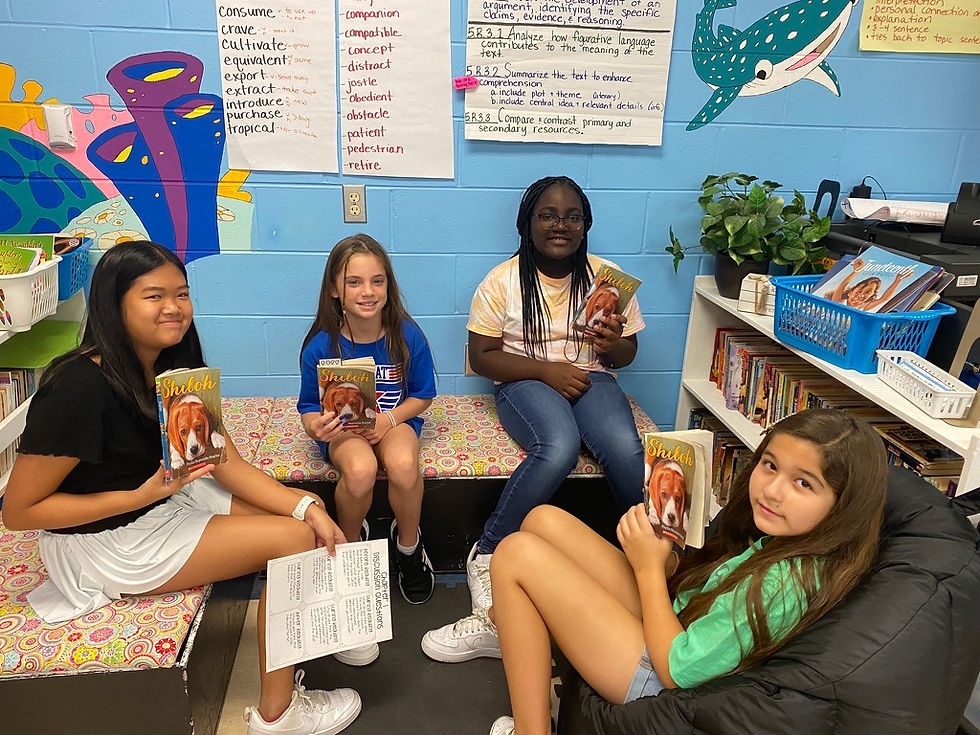
Encouraging Student Ownership
Here’s the part that often trips teachers up—how do I get my students to own their learning and not just look to me to run everything?
Try this:
Let them help set their reading goals or group norms.
Give each student a role in their group: discussion leader, vocabulary keeper, illustrator, connector, etc.
Use group contracts—they create it, you guide it.
Allow some choice in which book they read if possible.
Allow for audio reading - students listen to the book while reading. Often, students who need the support will use it, but students who are fluent readers will find they can read faster in their head.
When kids feel like the group belongs to them, they start to take it more seriously—and you can step into more of a coach role than a director.

Celebrate Reading
Celebrating the end of a novel study is a fun way to reinforce comprehension, build classroom community, and recognize your students' hard work. Here are some fun, easy-to-implement ideas to wrap up your novel study with a bang:
Lunch bunch - Invite the group back to the classroom for lunch to talk about the book in a fun, informal way. Offering small snacks like goldfish or fruit snacks can make the time feel special.
PowerPoint presentation - Students can make a group PowerPoint presentation about the book and share it with the class.
Students create a fun book project (see the Can Man below).
Students create question cards to play with Candy Land or Chutes and Ladders.
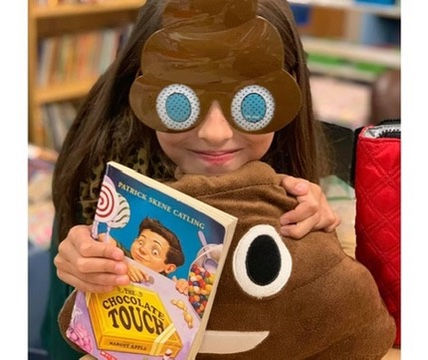

Final Thoughts
Novel studies don’t have to be intimidating. With a little structure and a willingness to let students take the wheel (even if they wobble at first), you can turn your reading block into something rich, meaningful, and way more interactive.
So go ahead—give it a try. Pick a book, invite your students in, and start turning pages together. 📚💬
You’ve got this. And if you ever need help choosing novels or planning activities, I’ve got your back!
Kim

